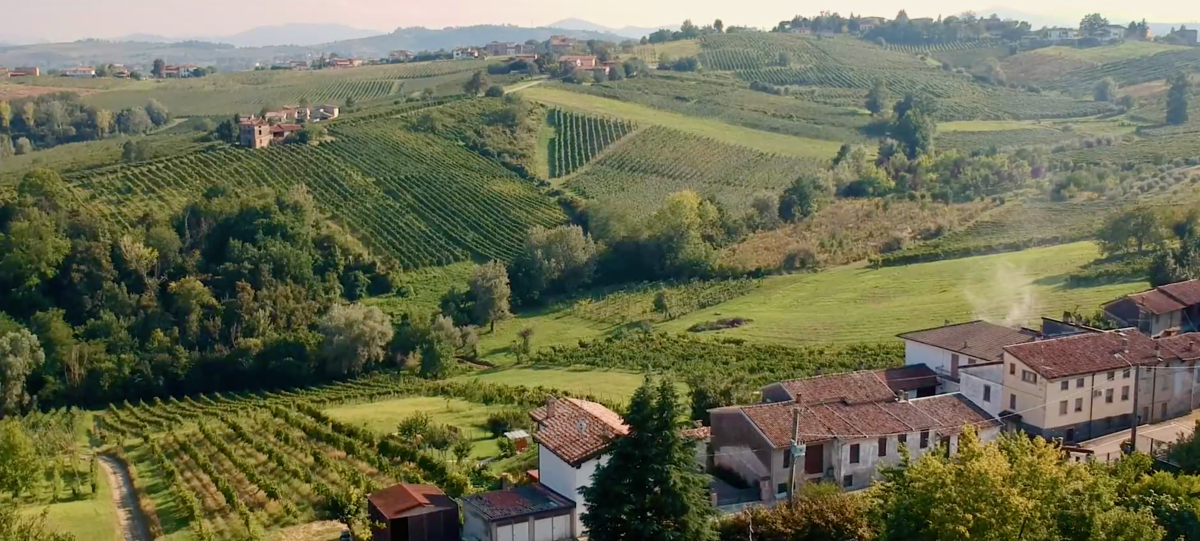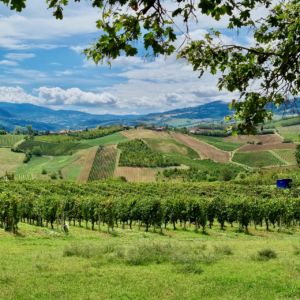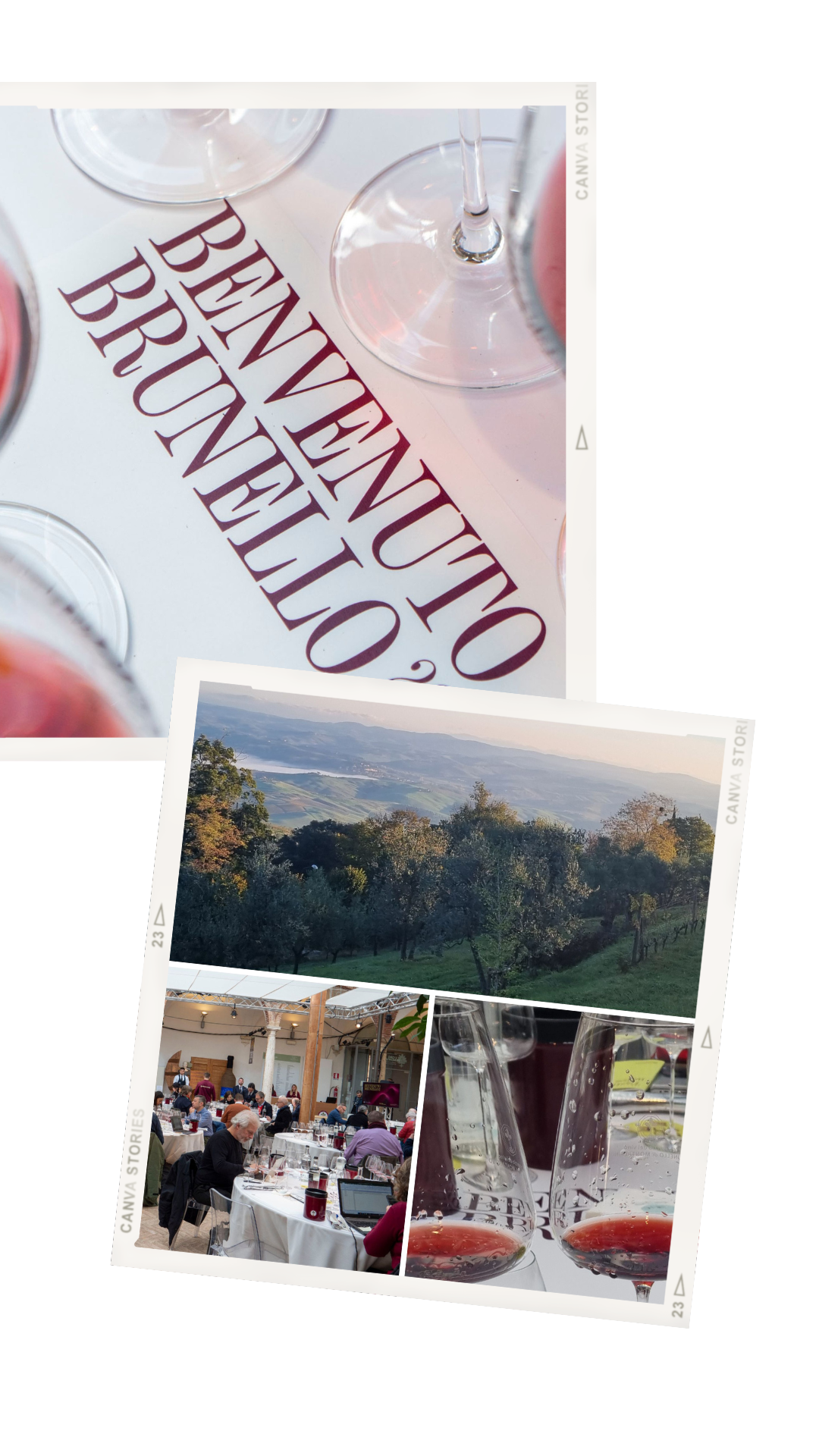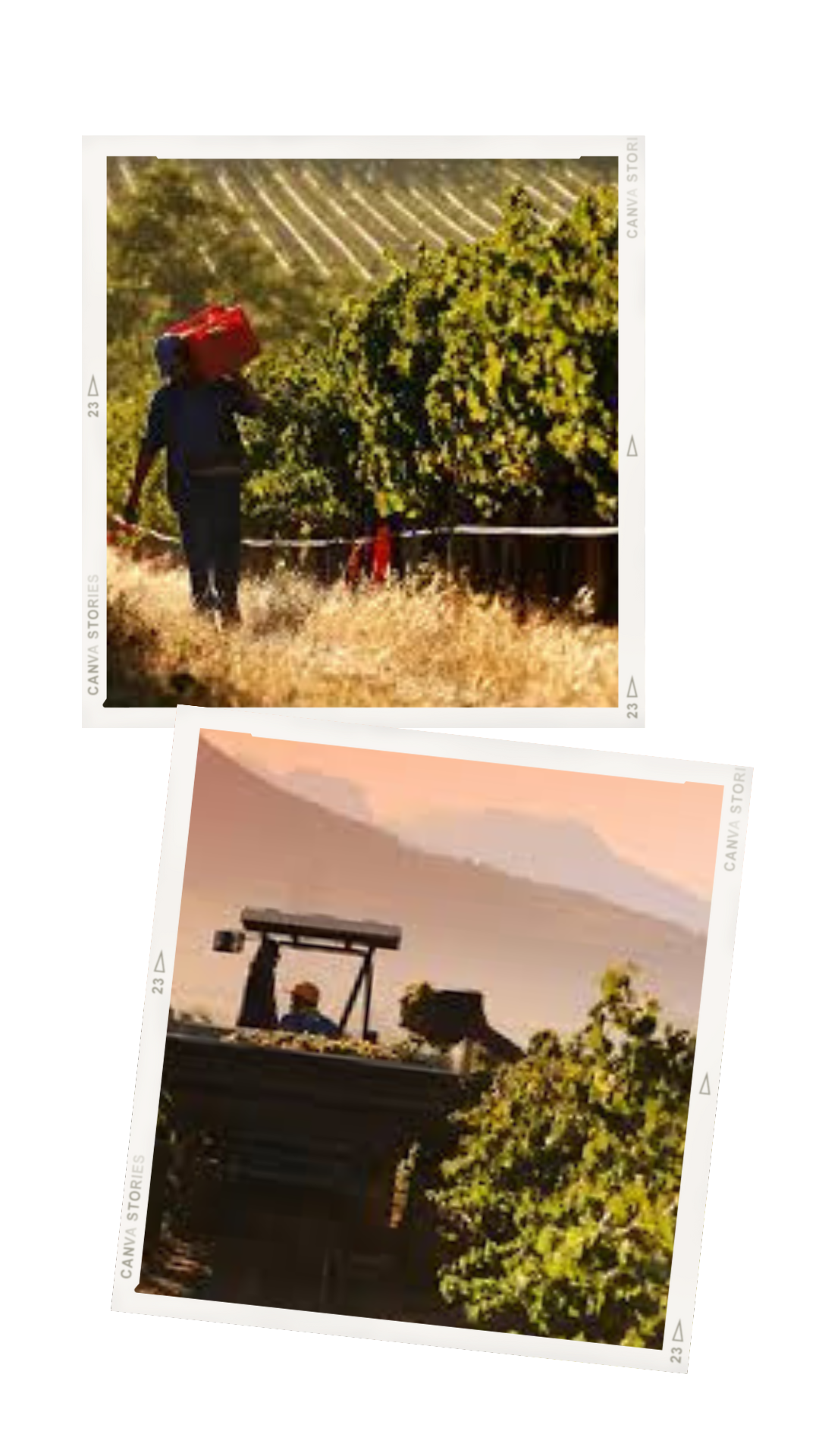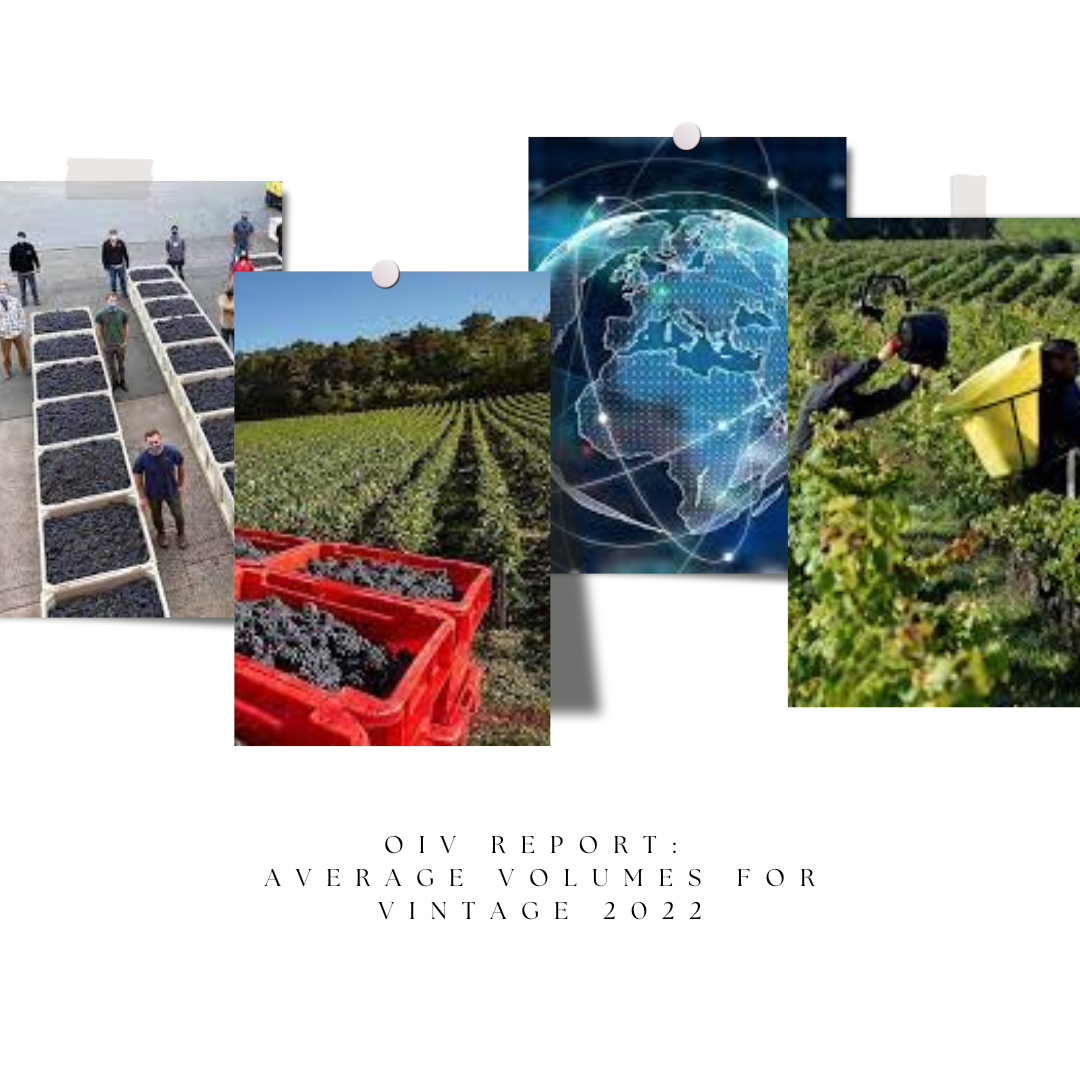Wine sales in the US on-premise sector totaled $14.8 billion in the 52 weeks ended October 8, 2022 according to CGA Strategy by NielsenIQ.
Latest data from the market research firm CGA Strategy reflects a 22% increase over the same period in 2021, but growth is slowing as the on-premise market recovery continues.
Sparkling wine continues to stand out with sales up 34% in the recent period to $2.6 billion. Total domestic wine sales came to $9.2 billion, up 20%, while imports totaled $5.5 billion. Sales of white wine came to $7.2 billion followed by red at $6.5 billion. Happy to say that rosé sales grew 27% to $904 million.
The growth comes in a competitive market marked by fewer outlets and fewer choices for drinkers. CGA reports the number of fine dining outlets has decreased 4.1% between October 2021 to October 2022, while consumer surveys found 21 % of diners report they have noticed fewer menu items and 40 % of those say there are fewer wine options.
In a webinar last week, Andrew Hummel, CGA client Solutions Director for North America, said surveys of on-premise consumers consistently find 50% report they drink something different at restaurants and bars than what they enjoy at home. “It’s really important to understand the on-premise consumer and segment them differently from the off-premise consumer,” he further states.
In terms of the different types of on-premise wine consumers, 37% of those surveyed by CGA who are wine drinkers fall into the company’s “curious and on a budget” category which represents about 30% of all consumers. These restaurant and bar patrons are “moderately engaged,” typically visiting in the early evening and enjoying trying new drinks yet are price sensitive and attracted to values.
To help wine producers navigate a changing market, CGA developed a new report that offers a “360-degree view” of wine in the on-premise sector. This new report blends market data with consumer surveys and “user” data as well as a channel strategy analysis into what the firm describes as its most comprehensive analysis of the on-premise market for wine. “Whether teams are considering a new brand launch in the market or managing a portfolio of legacy wines, the report will provide a robust set of insights across relevant topics to help drinks suppliers win in the on-premise,” states Matthew Compton, CGA’s regional director of North America.
Sources:
NielsenIQ
Wines Vines Analytics
#wine #whitewine #winenews #winelovers #redwine #rosewine #sparklingwine #champagne #USAwinemarket #wineeconomics #winetrends #winemarketing #winesales #winebusiness

![US [on-premise] Wine Sales Total $14.8 Billion](https://www.liz-palmer.com/wp-content/uploads/2022/12/Picture1.jpg)
